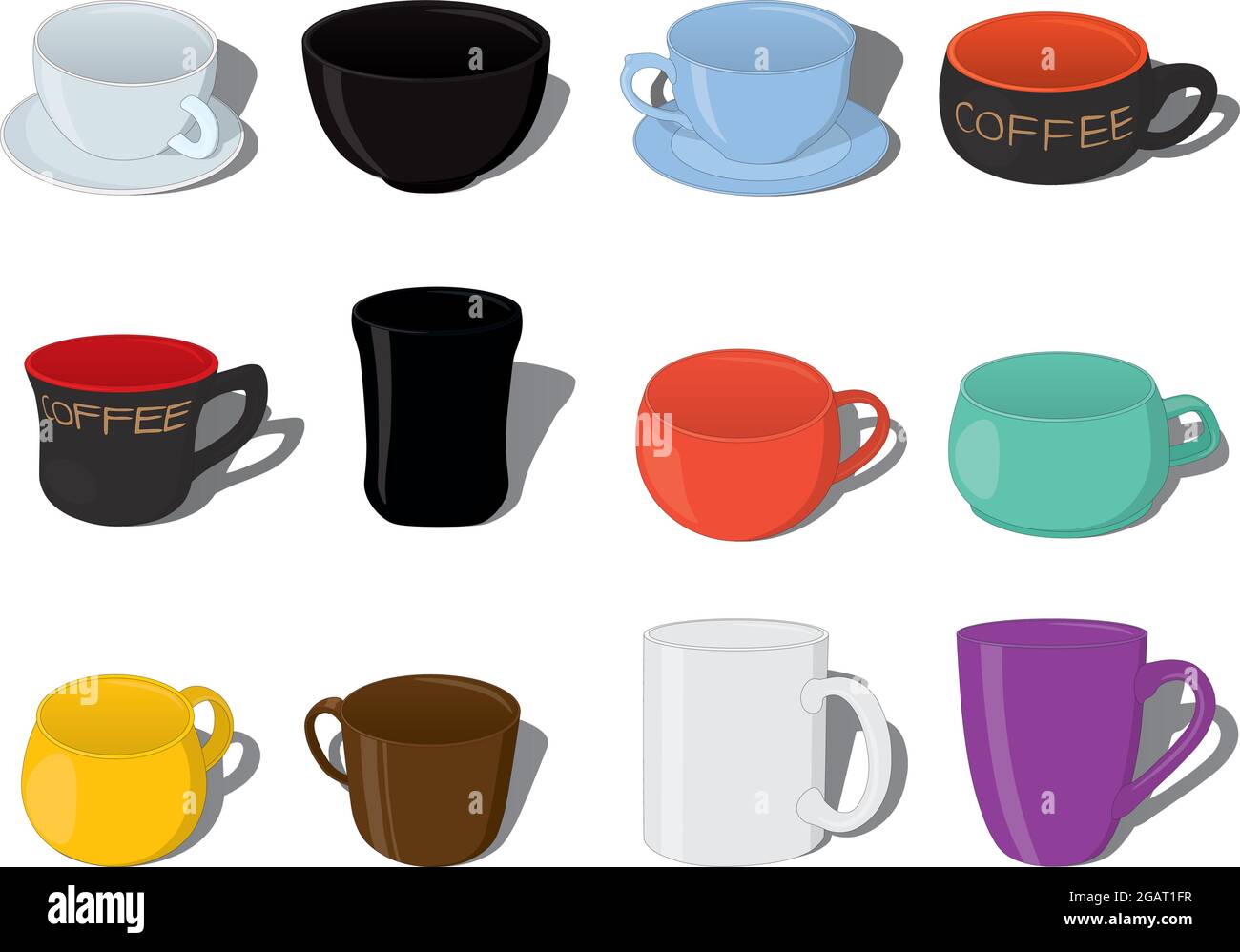Different Cup Stock Types: What Are the Properties of Paperboard, Plastic, and Foam?
Different Cup Stock Types
In the world of disposable drinkware, there are a variety of cup stock types used in the manufacturing process. Understanding these different materials and their properties is essential for businesses and consumers alike. In this comprehensive guide, we will explore the various cup stock types, compare their advantages and disadvantages, and discover the industry standards and innovations in cup manufacturing.
Understanding Cup Stock Types
Cup stock types refer to the materials used in the production of disposable cups. The three most commonly used materials are paperboard, plastic, and foam. Each material has its own unique properties and benefits.
Paperboard Cups: Paperboard cups are made from a thick, durable type of paper. They are lightweight, recyclable, and can be easily printed with custom designs or logos. Paperboard cups are suitable for both hot and cold beverages, and they provide good insulation. However, they may not be as insulating as other materials such as foam.
Plastic Cups: Plastic cups are typically made from polypropylene or polystyrene. They are lightweight, shatterproof, and have excellent clarity, making them suitable for serving cold beverages. Plastic cups are also available in a wide range of sizes and shapes. However, they are not as eco-friendly as paperboard cups, as plastic is not biodegradable and can take hundreds of years to decompose in landfills.
Foam Cups: Foam cups, also known as polystyrene cups, are excellent insulators and suitable for both hot and cold beverages. They are lightweight, strong, and affordable. Foam cups are also resistant to moisture, which prevents condensation build-up. However, foam cups are not biodegradable and can contribute to environmental pollution if not properly disposed of.
Comparing Cup Stock Materials
When comparing cup stock materials, it is important to consider their advantages and disadvantages. Here is a closer look at each material:
Paperboard Cups:
- Advantages: Lightweight, recyclable, customizable, suitable for hot and cold beverages.
- Disadvantages: May not provide as much insulation as foam cups.
Plastic Cups:
- Advantages: Shatterproof, clear, available in various sizes and shapes, suitable for cold beverages.
- Disadvantages: Not biodegradable, can contribute to environmental pollution.
Foam Cups:
- Advantages: Excellent insulation, lightweight, affordable, moisture-resistant, suitable for hot and cold beverages.
- Disadvantages: Not biodegradable, can contribute to environmental pollution.
In terms of sustainability, plastic cups face the most criticism due to their long decomposition time. Foam cups, on the other hand, have their own environmental concerns. Many companies are actively seeking alternative materials and more sustainable manufacturing practices.
Industry Standards in Cup Manufacturing
The cup manufacturing industry is continuously evolving to meet the demands for more sustainable and environmentally-friendly options. Manufacturers are developing innovative materials to reduce the environmental impact of disposable cups. Here are some examples of industry standards and innovations in cup manufacturing:
Sustainable Cup Materials: Cup manufacturers are exploring alternative materials such as biodegradable or compostable cup stock. These materials are made from renewable resources and break down more quickly in landfills. Some examples include cups made from plant-based plastics or recycled materials.
Cup Manufacturing Innovations: In addition to using sustainable materials, cup manufacturers are investing in new technologies and processes to reduce waste and energy consumption. This includes implementing efficient manufacturing techniques, such as water and energy recycling, as well as exploring ways to make cups lighter and more easily recyclable.
Sustainability Factors: When producing cup stocks, sustainability factors are an important consideration. This includes factors such as the source of raw materials, the energy used in production, and the end-of-life disposal options. Cup manufacturers are working towards reducing greenhouse gas emissions, conserving resources, and minimizing waste throughout the entire cup manufacturing process.
By adopting more sustainable cup manufacturing practices, companies can contribute to the preservation of the environment and meet the growing demand for eco-friendly disposable cup options.
In conclusion, different cup stock types offer unique properties and benefits for various purposes. Paperboard cups are lightweight and recyclable, plastic cups provide clarity and versatility, and foam cups offer excellent insulation. As the demand for more sustainable options increases, cup manufacturers are constantly innovating to develop materials that are environmentally-friendly. By understanding cup stock types and the sustainability factors involved in their production, businesses and consumers can make informed choices that align with their values and contribute to a greener future.
FAQs about Different Cup Stock Types
What are cup stock types?
To understand cup stock types, we refer to the materials used in the production of disposable cups, which include paperboard, plastic, and foam.
What are the advantages and disadvantages of paperboard cups?
Considering paperboard cups, they are lightweight, recyclable, customizable, suitable for hot and cold beverages, but may not offer as much insulation as foam cups.
What are the main features of plastic cups?
Looking at plastic cups, they are shatterproof, clear, available in various sizes and shapes, suitable for cold beverages, yet not biodegradable and can contribute to environmental pollution.
What are the key points regarding foam cups?
Examining foam cups, they excel in insulation, are lightweight, affordable, moisture-resistant, suitable for hot and cold beverages, but are not biodegradable and can potentially contribute to environmental pollution.
How is the cup manufacturing industry addressing sustainability?
In response to the need for sustainability, cup manufacturers are exploring alternative materials, developing innovative technologies, and considering sustainability factors to reduce environmental impact.
In conclusion, we’ve explored cup stock types: paperboard, plastic, and foam. Paperboards offer eco-friendly benefits. Plastic cups pose sustainability challenges. Foam cups have their advantages but lack in eco-friendliness. Cup manufacturers innovate to meet sustainability standards. Sustainable cup materials and production innovations are key focuses. Choose your cup stock wisely for a greener future.





